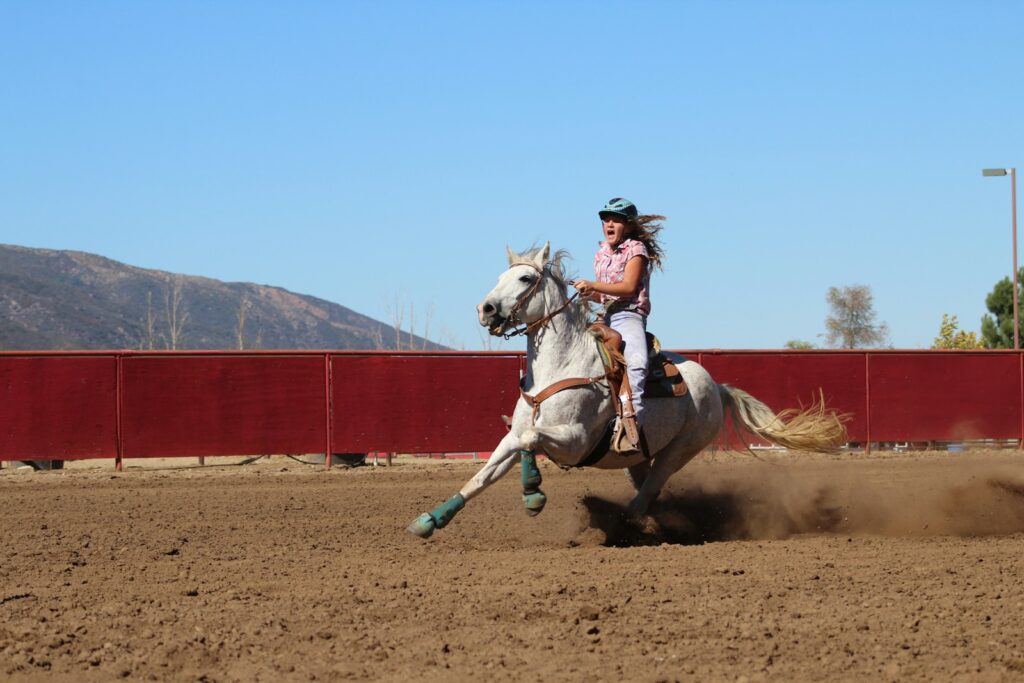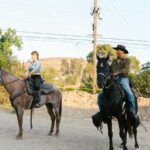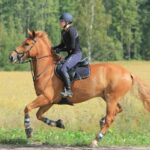A responsive horse that promptly and correctly interprets your signals creates a harmonious partnership that’s both rewarding and efficient. Developing this sensitivity requires consistent training and thoughtfully designed exercises that build understanding between horse and rider. Whether you’re a competitive equestrian or a recreational rider, improving your horse’s responsiveness to aids will enhance communication, performance, and safety during your rides. This article explores effective training drills designed to refine your horse’s attention to your seat, leg, and rein cues, creating a more attentive and willing equine partner.
Understanding the Foundation of Aids

Before diving into specific exercises, it’s essential to understand the basic communication system between horse and rider. Aids consist of natural aids (seat, legs, weight, and hands) and artificial aids (whips, spurs, and voice commands) that tell your horse what you want them to do. Effective communication relies on clear, consistent signals applied with appropriate timing and pressure. A well-trained horse responds to minimal pressure, often described as being “light to the aids,” which creates an elegant, seemingly effortless partnership. This responsiveness doesn’t develop overnight but requires systematic training that builds the horse’s understanding while maintaining their confidence and willingness to cooperate.
Transitions: The Building Blocks of Responsiveness
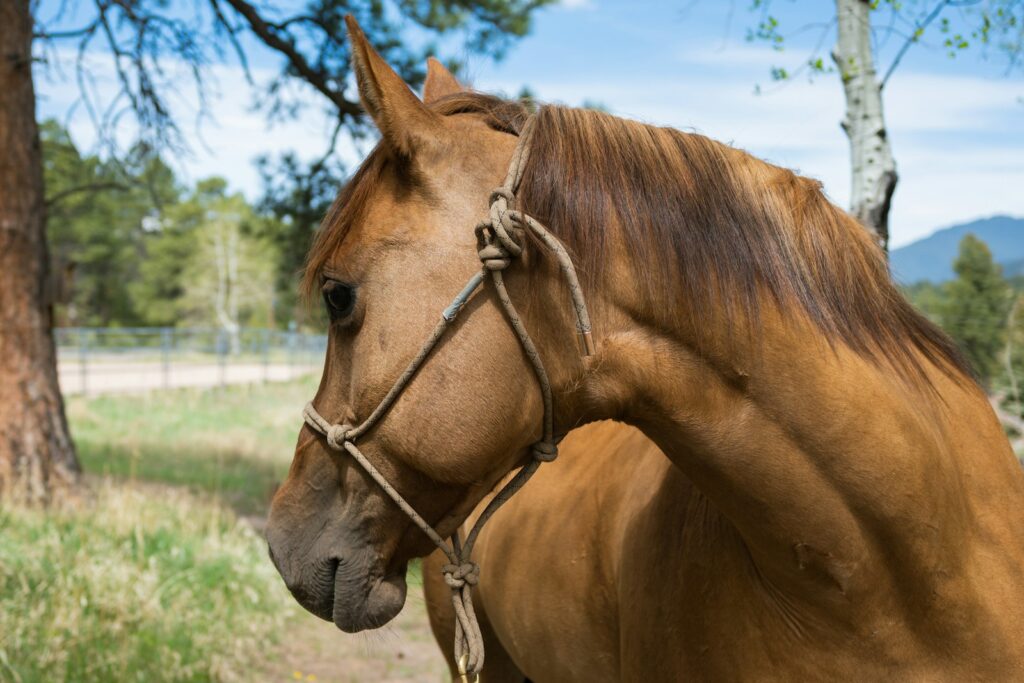
Transitions between gaits and within gaits serve as fundamental exercises for developing responsiveness. Start with basic transitions between walk, trot, and halt, focusing on promptness and smoothness rather than speed. As your horse becomes more attuned to your aids, introduce more challenging transitions like walk to canter or halt to trot, which require greater attention from your horse. Within-gait transitions, such as extending and collecting the trot, further refine your horse’s sensitivity to subtle changes in your seat and leg pressure. Practice transition sequences regularly, gradually reducing the time and distance between transitions to improve your horse’s mental alertness and physical responsiveness.
The Half-Halt: Rebalancing and Refocusing
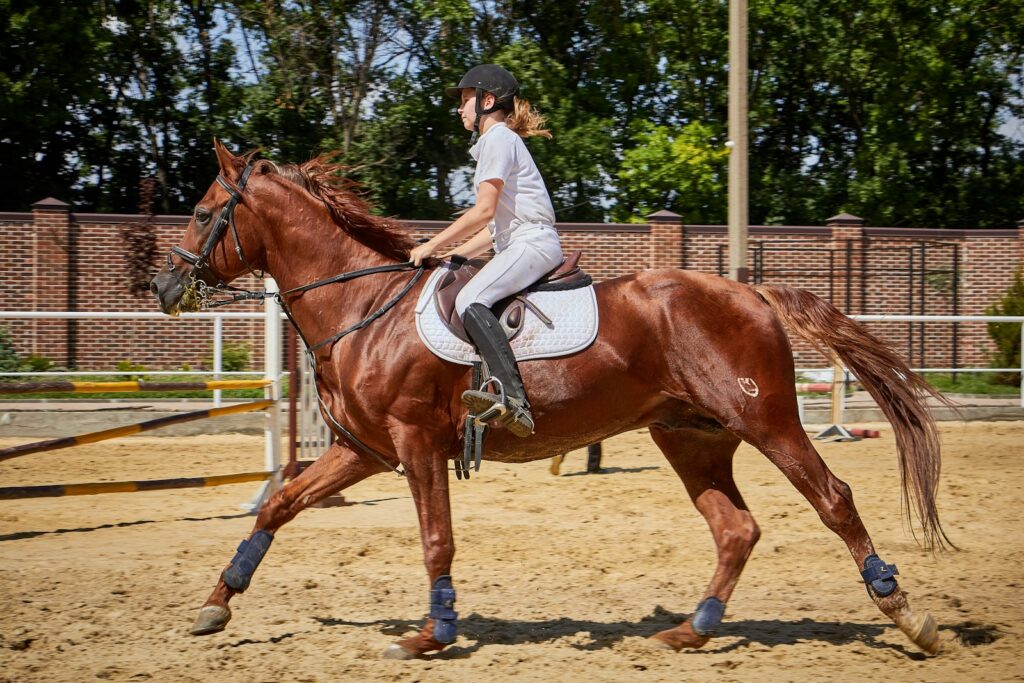
The half-halt is an essential communication tool that momentarily engages your horse’s hindquarters while maintaining forward movement. This subtle aid combination helps rebalance your horse, capture their attention, and prepare them for upcoming maneuvers. Begin practicing half-halts by slightly tightening your core muscles, deepening your seat, and applying gentle rein resistance while maintaining leg contact to prevent stopping. Timing is crucial—apply the half-halt just before a turn, transition, or movement that requires increased collection or attention. Well-executed half-halts improve your horse’s balance, engagement, and overall responsiveness without disrupting the flow of movement. With regular practice, your horse will learn to “check in” with you during these momentary rebalancing cues, enhancing your communication throughout the ride.
Circles and Spirals for Lateral Responsiveness
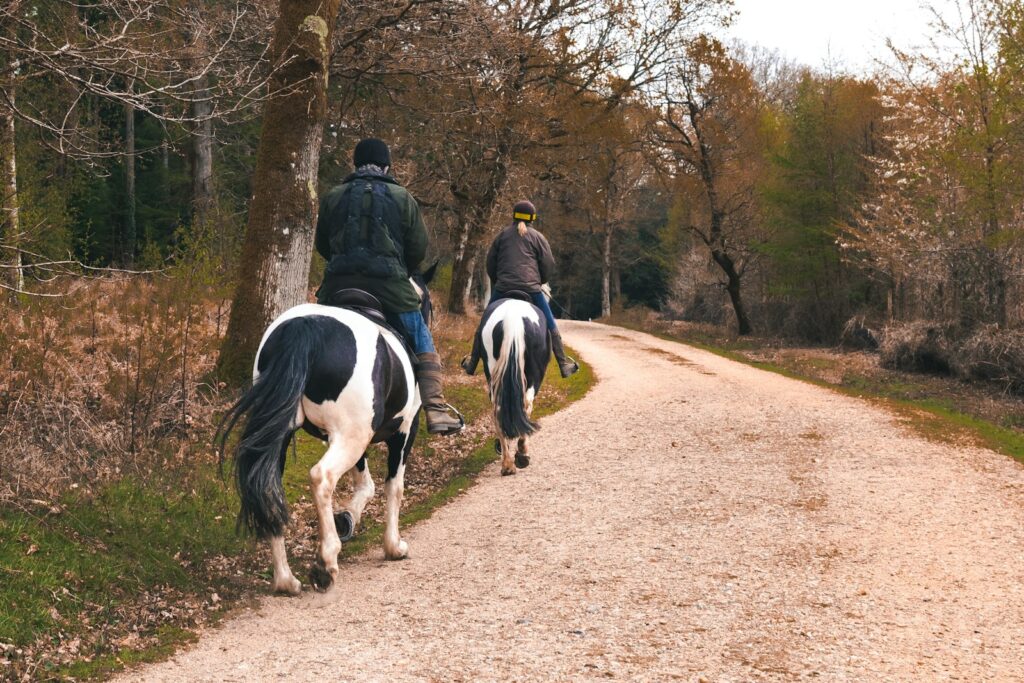
Circles and spiral exercises develop your horse’s lateral flexibility and responsiveness to your inside leg and outside rein. Begin with large 20-meter circles, focusing on maintaining a consistent bend throughout the horse’s body. As coordination improves, progress to spiral-in exercises where you gradually decrease the circle size using your inside leg while supporting with your outside rein. Then spiral out by applying your outside leg while maintaining the correct bend with your inside leg. These exercises teach your horse to move away from leg pressure while remaining balanced and properly bent. The changing circle sizes require your horse to constantly adjust to your aids, improving both physical flexibility and mental attentiveness to subtle changes in your position and pressure.
Leg-Yielding to Improve Sideways Responsiveness
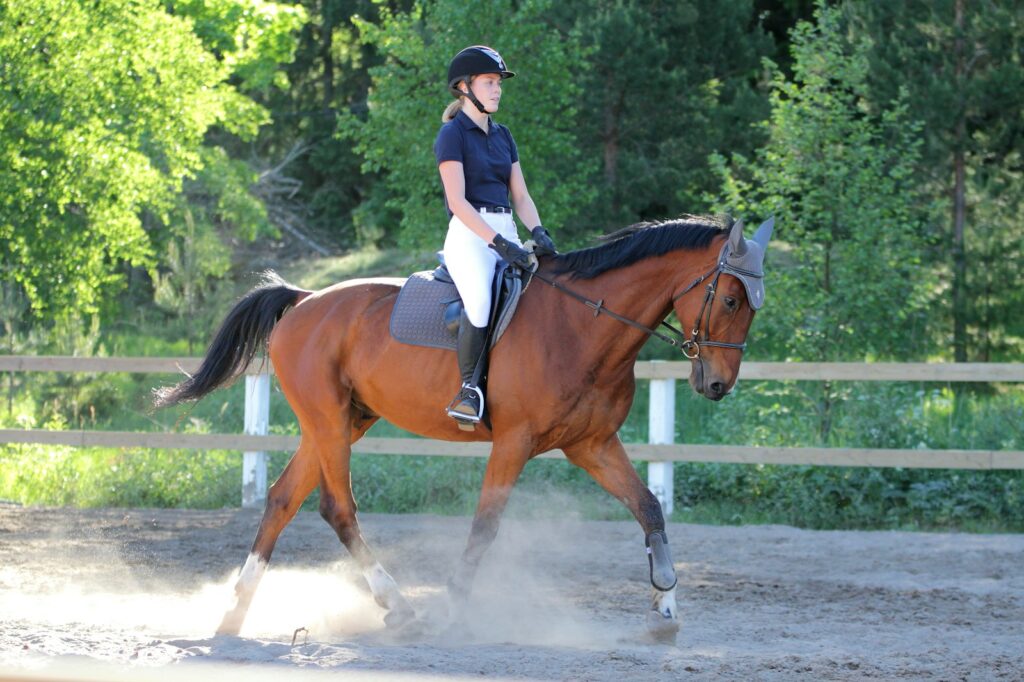
Leg-yielding serves as an excellent introduction to lateral movements, teaching your horse to move sideways away from leg pressure while maintaining forward momentum. Begin at the walk on a straight line, then ask your horse to move diagonally by applying your inside leg slightly behind the girth while maintaining forward direction with both legs. Your inside rein guides the direction while your outside rein controls the speed and prevents excessive bend. Initially, aim for subtle sideways movement with consistent forward progress. As your horse becomes more responsive, increase the angle of the lateral movement and practice at the trot. Regular leg-yield practice improves your horse’s understanding of moving away from pressure, which forms the foundation for more advanced lateral work like shoulder-in and half-pass.
Bending Lines and Serpentines

Bending lines and serpentines are excellent for developing your horse’s responsiveness to combined aids and improving overall suppleness. Start with shallow serpentines across the arena, focusing on smooth changes of bend as you cross the centerline. Progress to three-loop and five-loop serpentines that require more frequent direction changes and greater coordination of your aids. When riding these patterns, use your inside leg at the girth to create bend, outside leg behind the girth to support the hindquarters, inside rein for flexion, and outside rein for balance and direction. The continuous changes of bend in serpentines encourage your horse to stay mentally engaged and physically responsive to your shifting aids. With consistent practice, your horse will learn to anticipate direction changes based on subtle weight shifts and leg cues.
Ground Pole Exercises for Precision

Ground poles create visual guidelines that enhance a horse’s responsiveness while developing rhythm, coordination, and adjustability. Set up patterns like fan-shaped poles, zigzags, or circle configurations that require your horse to pay attention to your aids while navigating the obstacles. Begin at the walk to establish confidence, then progress to trot and eventually canter as coordination improves. When approaching poles, practice using half-halts to adjust your horse’s stride length and rhythm, helping them understand how to respond to your seat and rein aids for collection and extension. These exercises are particularly valuable for horses that tend to rush or become dull to slowing aids, as the poles provide natural consequences that reinforce your cues for appropriate pace and careful foot placement.
Shoulder Control Exercises
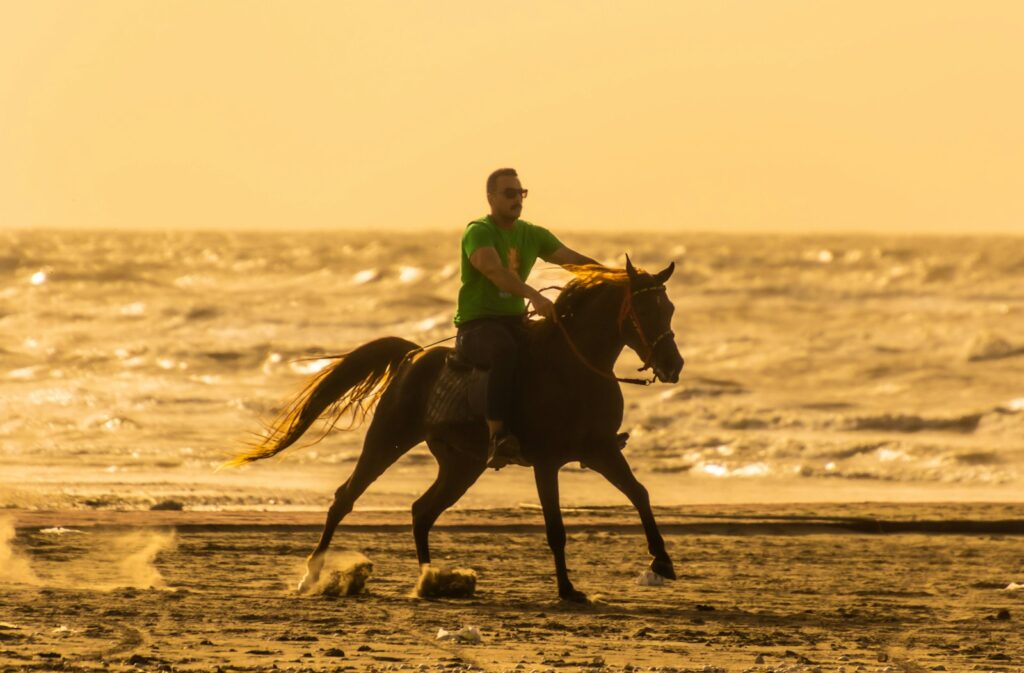
Developing control over your horse’s shoulders improves steering precision and overall responsiveness to directional aids. Start with shoulder-fore, a subtle positioning where the horse’s shoulders move slightly to the inside of the track while maintaining forward movement. Apply your inside rein and inside leg at the girth while supporting with your outside rein to prevent excessive bend. Progress to shoulder-in, where the horse’s shoulders come further inward, creating three tracks instead of four. Practice these movements on straight lines and circles, gradually increasing the angle as your horse’s understanding and strength improve. Shoulder control exercises teach your horse to respond to combined rein and leg aids while developing the coordination needed for collected movements and balanced turns.
Rein-Back and Go Forward Drills
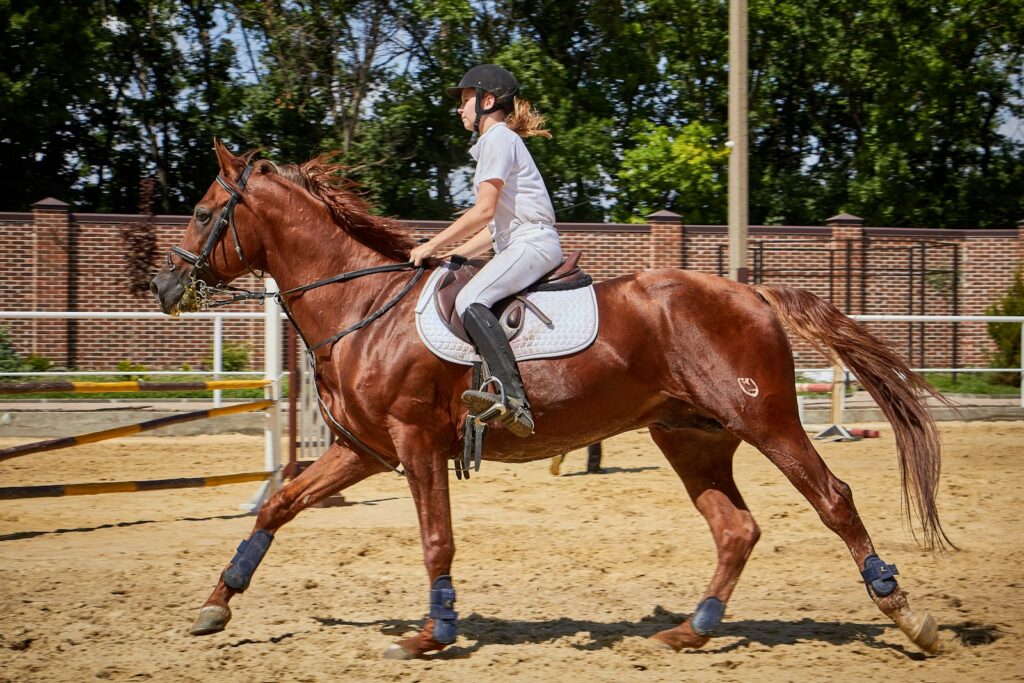
The rein-back exercise develops responsiveness to both stopping and forward aids while improving your horse’s balance and coordination. Begin by bringing your horse to a square halt, then ask for a few steps of backward movement by slightly increasing rein pressure while maintaining light leg contact. Immediately after backing 3-4 steps, ask for a prompt forward transition into walk or trot. The key to this exercise is developing clear distinctions between the aids for stopping, backing, and moving forward. Practice various sequences like halt-back-walk, halt-back-trot, and eventually halt-back-canter as your horse’s understanding improves. This exercise strengthens your horse’s hindquarters, improves balance, and develops sharp responses to transitional aids that transfer to all riding activities.
Counter-Canter for Advanced Balance
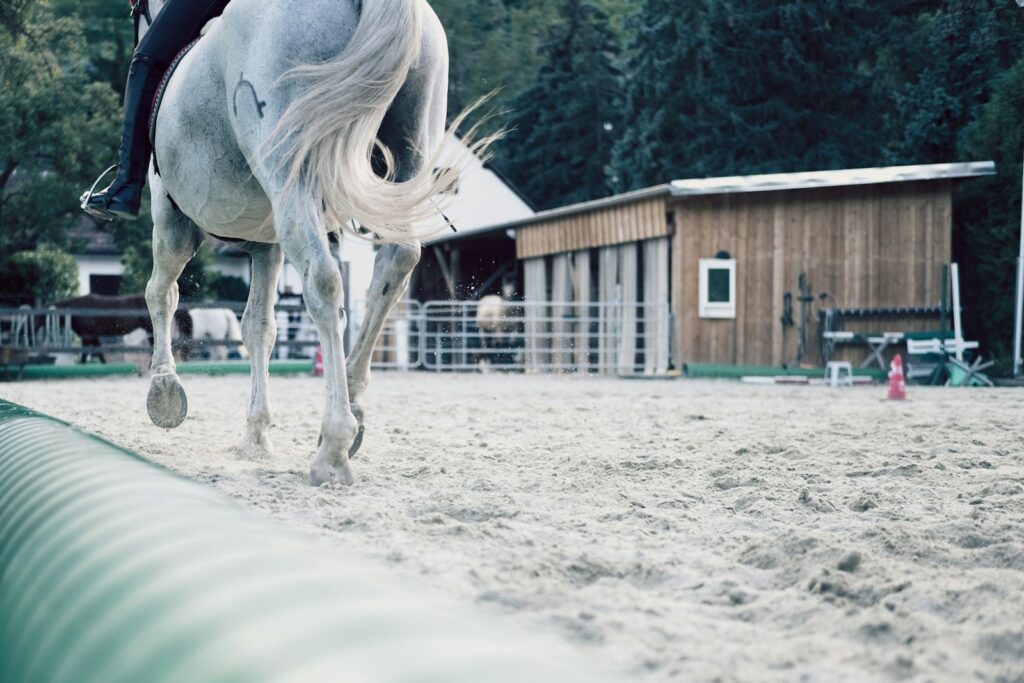
Counter-canter, where the horse canters on the “outside” lead while traveling on a curve, develops exceptional balance and heightened responsiveness to your seat and leg aids. Begin on a large circle or shallow loop where your horse can maintain balance more easily. Use your inside leg at the girth to maintain bend while your outside leg behind the girth prevents the haunches from swinging out or changing leads. Your weight should remain slightly to the inside while your hands maintain gentle, supportive contact. This advanced exercise requires your horse to maintain a lead contrary to the direction of travel, demanding exceptional attention to your balancing aids. Regular counter-canter work improves collection, strengthens the hindquarters, and develops a horse that remains highly tuned to subtle seat and leg cues.
Quick-Response Stop and Go Drills
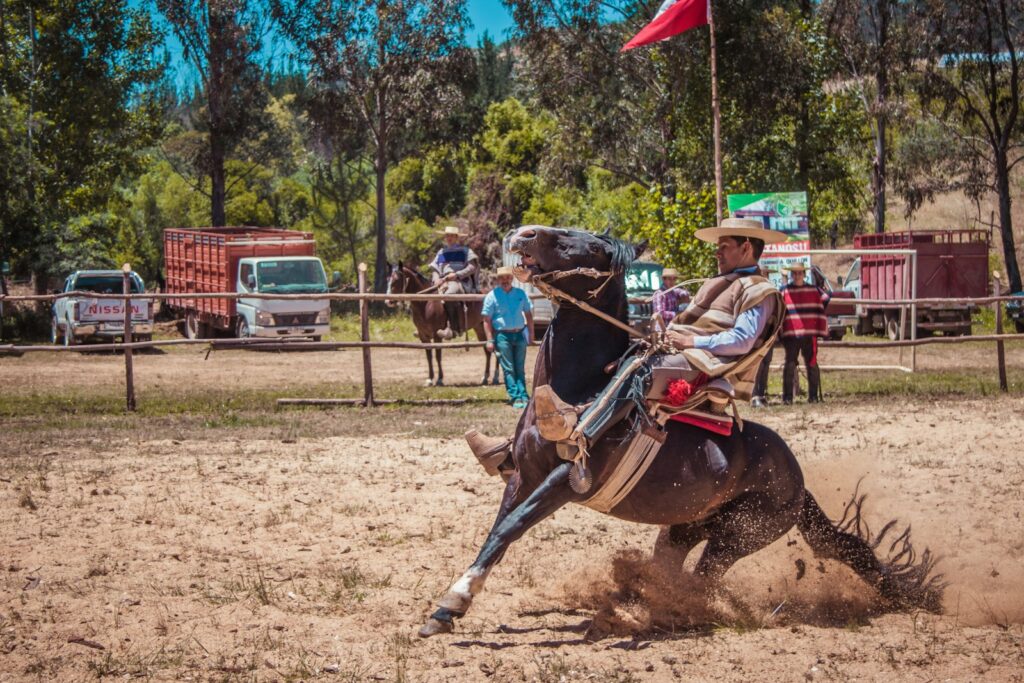
Rapid transitions between forward movement and halts develop your horse’s attentiveness and responsiveness to both driving and restraining aids. Begin at the walk, asking for crisp halts followed by immediate forward transitions back to walk or trot. As your horse’s reactions improve, incorporate random patterns of walk-halt-trot or trot-halt-canter sequences that prevent anticipation and encourage listening to your current aids. Focus on achieving promptness without harshness—your horse should stop and start willingly without resistance or delay. This exercise is particularly valuable for horses that tend to ignore halting aids or become sluggish in forward transitions. With consistent practice, your cues can become increasingly subtle while still producing immediate responses.
Working Without Stirrups to Refine Seat Aids
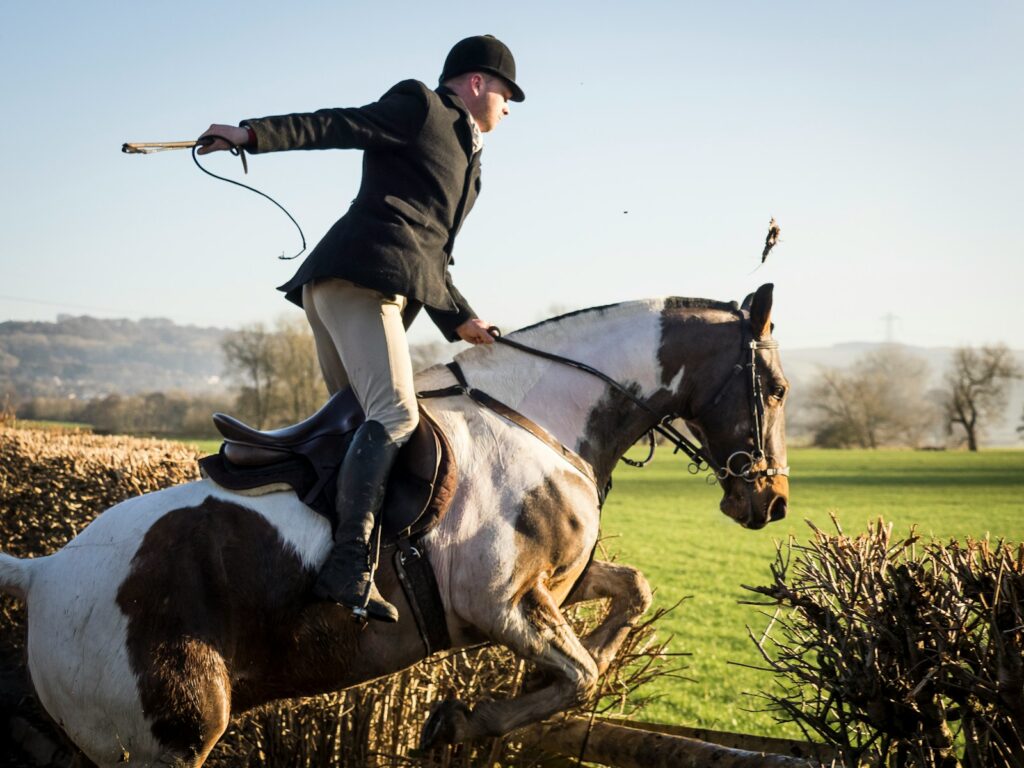
Riding without stirrups dramatically improves your seat’s effectiveness and your horse’s responsiveness to weight aids. Begin with short periods at the walk and trot, focusing on maintaining your position through core strength rather than gripping with your legs. Practice transitions, circles, and changes of direction using minimal hand aids, instead emphasizing your seat, weight shifts, and subtle leg positions. As your independent seat develops, your aids become clearer and more precise, allowing your horse to distinguish between intentional cues and unintentional movements. Regular no-stirrup work also improves your overall riding position and balance, which further enhances your horse’s confidence in your signals. Start with 5-10 minutes per session and gradually increase as your strength and stability improve.
Combining Aids for Complex Movements
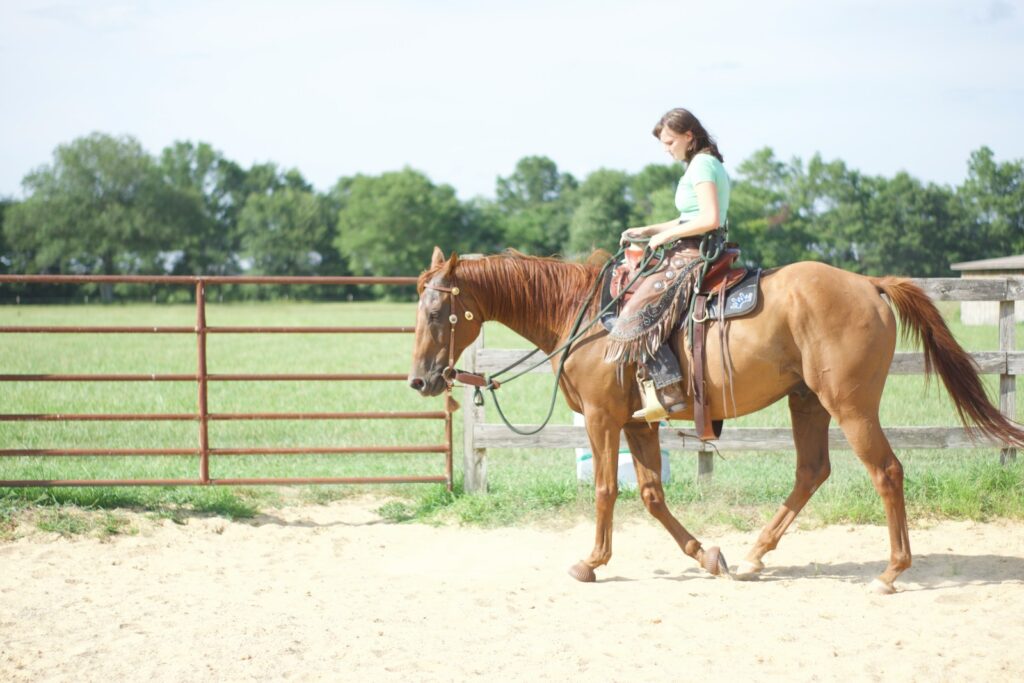
Advanced responsiveness develops when horses can interpret and respond to multiple aids applied simultaneously or in quick succession. Design exercises that require coordination of seat, leg, and rein aids, such as collected canter into a leg-yield followed by a flying change. Create patterns that combine lateral movements with transitions, like shoulder-in at the trot transitioning to collected walk while maintaining the shoulder-in position. These complex sequences require your horse to remain mentally engaged and physically responsive to subtle changes in your aids. When introducing these combinations, break them into smaller components before linking them together. This approach builds your horse’s confidence while developing their ability to distinguish between different aid combinations and respond appropriately to each.
Using Groundwork to Reinforce Responsiveness
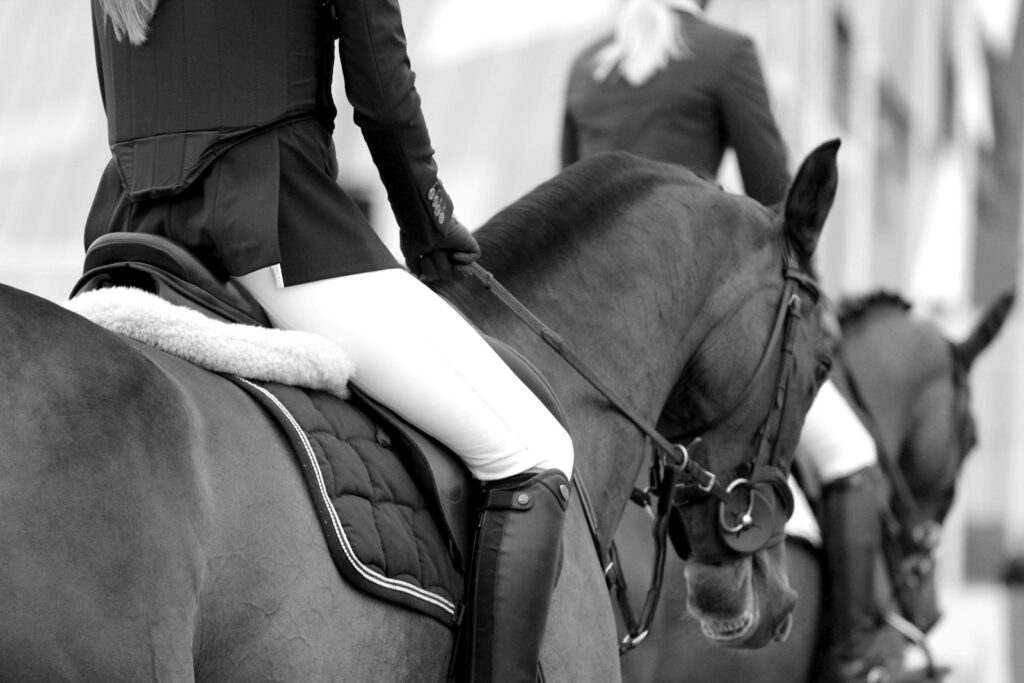
Groundwork provides valuable opportunities to reinforce responsiveness without the complexity of mounted aids. Incorporate lunging with voice commands and subtle body language to develop your horse’s attentiveness to cues. Practice in-hand lateral work by teaching your horse to move away from gentle pressure applied with a whip or your hand, reinforcing the same concepts they’ll experience under saddle. Long-lining combines elements of lunging with rein contact, allowing you to introduce concepts like contact, bending, and transitions from the ground. These unmounted exercises create clear cause-and-effect relationships between your signals and the desired responses, which transfer effectively to ridden work. Regular groundwork sessions can quickly improve a horse’s overall responsiveness while strengthening your communication bond.
Conclusion
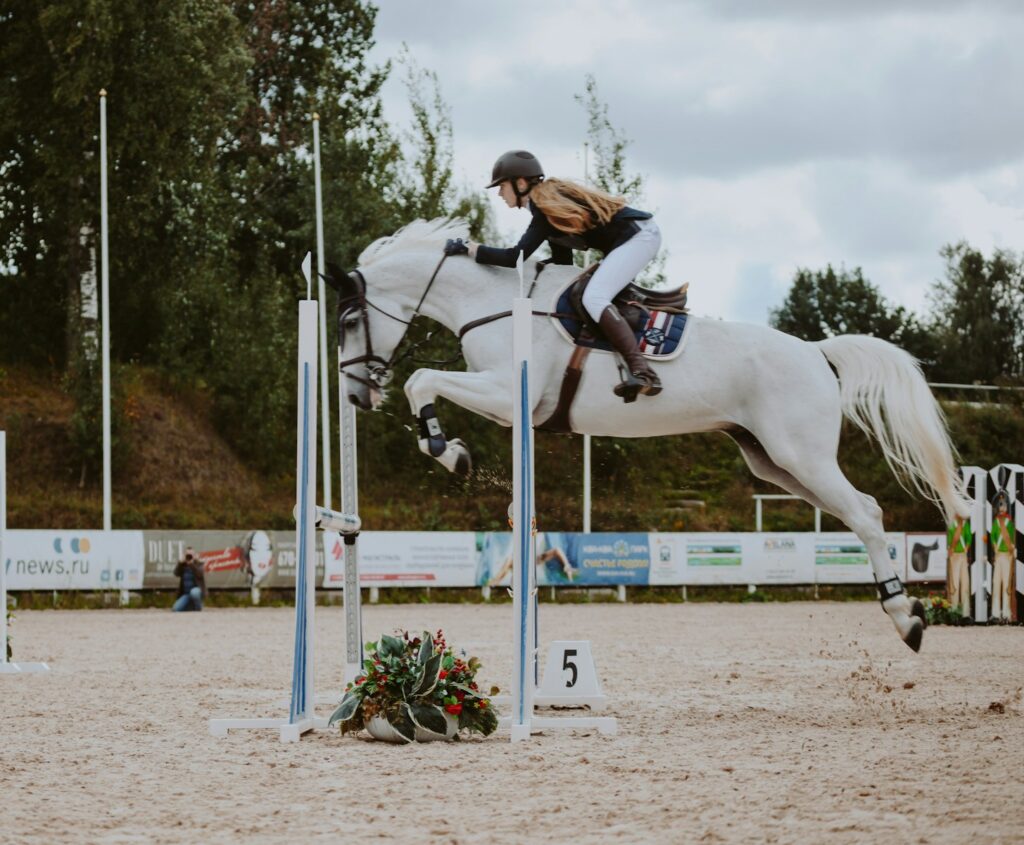
Developing a responsive horse requires patience, consistency, and thoughtfully structured training sessions that build understanding rather than demand compliance. The exercises outlined above provide a comprehensive approach to improving your horse’s responsiveness to all aids—from basic transitions to advanced lateral movements. As your horse becomes more attuned to your signals, you’ll discover the joy of riding with nearly invisible cues and willing responses. Remember that responsiveness isn’t just about performance; it creates a safer, more enjoyable partnership between horse and rider. By incorporating these drills into your regular training schedule and gradually increasing the difficulty as your horse’s understanding deepens, you’ll develop a sensitive, attentive equine partner ready to perform with both precision and enthusiasm.

